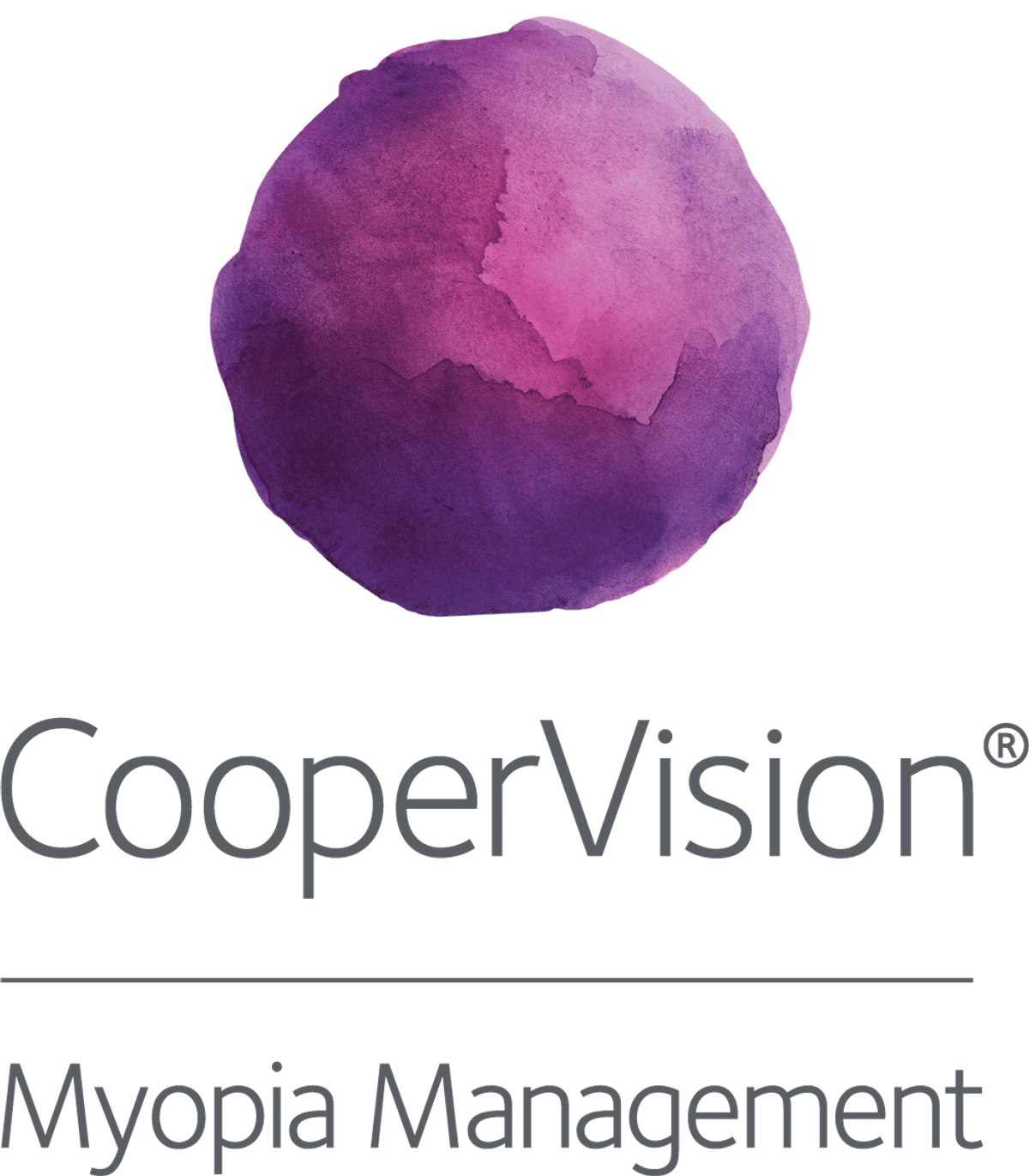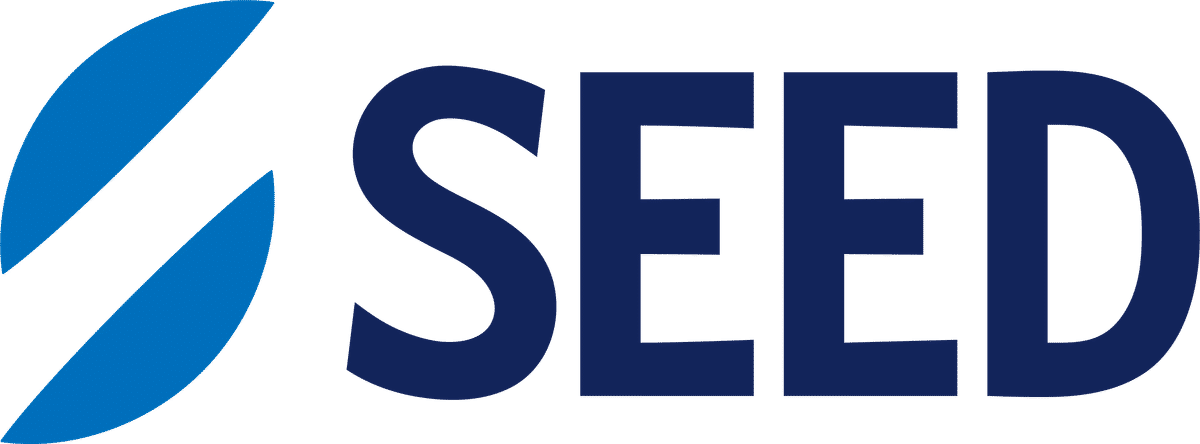Science
Hyperopic reserve and myopia risk in preschool children

In this article:
This study reports baseline data from 2109 preschool children in Beijing. The mean spherical equivalent was +1.11 D and axial length was 22.25 mm. Only 24.1% had age-normal hyperopia reserve, which was associated with increased study time, reduced outdoor time, and greater parental myopia.
Paper title: The hyperopia reserve in 3- to 6- years-old preschool children in North China: the Beijing hyperopia reserve research
Authors: Pu J (1,2), Fang Y (1), Zhou Z (3), Chen W (4), Hu J (1), Jin S (1), Liu X (2), Wang L (2), Feng J (2), Tong H (2), Xing S (2), Wang YX (1), Jiao Y (5)
- Department of Ophthalmology, Beijing Tongren Eye Center, Beijing Tongren Hospital, Capital Medical University, Beijing, China
- Department of Optometry, School of Ophthalmology and Optometry and Eye Hospital, Wenzhou Medical University, Wenzhou, China
- Department of Pediatrics, Tianjin Medical University General Hospital, Tianjin, China
- Department of Ophthalmology, Fengtai Maternal and Child Health Hospital, Beijing, China
- Department of Ophthalmology, Beijing Chaoyang Hospital, Capital Medical University, Beijing, China
Date: April 2025
Reference: Pu J, Fang Y, Zhou Z, Chen W, Hu J, Jin S, Liu X, Wang L, Feng J, Tong H, Xing S, Wang YX, Jiao Y. The hyperopia reserve in 3- to 6- years-old preschool children in North China: the Beijing hyperopia reserve research. BMC Ophthalmol. 2025 Apr 7;25(1):175.
Summary
Hyperopic reserve is considered an important predictive factor for the development of myopia, with lower levels linked to increased risk. This study aimed to assess refractive error, ocular biometry, and hyperopia reserve in children aged 3 to 6 years living in Beijing, and to explore associated demographic, biometric, and environmental factors.
A total of 2109 children (mean age 4.26 years) from 22 kindergartens in Haidian District were examined in the Beijing Hyperopia Reserve Research (BHRR) cohort. All underwent cycloplegic autorefraction and biometry. Age-related norms in this study were defined as >+2.00D at age 3, >+1.50D for ages 4-5 and >+1.00D at age 6.
Key findings were as follows.
- Mean spherical equivalent refraction was +1.11 D and mean axial length was 22.25 mm.
- Myopia prevalence was 3.7%; 91.6% had hyperopia reserve (SER > 0), but only 24.1% met age-adjusted norms.
- Lower hyperopia reserve was associated with longer axial length, higher AL/CR ratio, male sex, and more myopic parents.
- Children with less myopic parents and those spending more time outdoors were more likely to maintain hyperopia reserve.
- Each extra hour outdoors increased odds of maintaining reserve by 1.3 times, while each extra hour of study decreased odds by 19%.
What does this mean for my practice?
This study found that while 91.6% had hyperopia reserve (SER > 0), only 24.1% met the age-adjusted norms used. Lower hyperopia reserve was associated with longer axial length, higher AL/CR ratio, male sex, greater parental myopia, more study time, and less outdoor time.
These findings support the importance of considering hyperopia reserve as part of early risk assessment for myopia. Clinicians should be mindful that a hyperopic refraction in early childhood does not always indicate low risk, especially when other known risk factors are present. Children with severely myopic parents, particularly boys, may warrant closer monitoring from preschool age, even if they appear hyperopic. Severe parental myopia was shown to significantly reduce the likelihood of maintaining age-normal hyperopia reserve, emphasising the need to identify children at higher risk before formal schooling begins.
The study also reinforces the relevance of lifestyle factors. Increasing outdoor time, even by one hour per day, gave 1.3 times higher odds of maintaining hyperopia reserve, while additional study time has the opposite effect. Encouraging parents to build in more outdoor play and balance early learning tasks could be a simple, practical step to help delay myopia onset.
What do we still need to learn?
The relatively small proportion of 6-year-olds in the sample may introduce selection bias, as some older preschoolers attended preparatory schools rather than kindergartens. This under-representation may have influenced the observed prevalence patterns. The study was also limited to children from Haidian District, an area with a high proportion of highly educated parents and an unusually high prevalence of parental myopia. The findings may not be generalisable to other preschool children across Beijing or in other regions of China.
Indoor and outdoor activity and parental refractive status were collected via self-reported questionnaires, which may be affected by reporting bias. The study findings serve as baseline data from a longitudinal cohort, meaning they cannot confirm if low hyperopia reserve leads to earlier myopia onset.
Longer, follow-up studies are needed to establish the relationship between baseline hyperopia reserve and subsequent refractive changes, particularly the timing of myopia onset. These should include a more age-balanced and geographically diverse sample, and use objective measures of activity alongside detailed parental refractive profiles to better understand genetic and environmental influences.
Abstract
Clinical relevance In recent years, the concept of hyperopia reserve, defined as a physiological hyperopic refractive status preceding emmetropia and myopia, has gained increasing attention and raised awareness about myopia. This concept has become of interest to both parents and practitioners.
Background To report the distribution of refractive errors and ocular biometry in a large scale of preschool children in Beijing, in North China. The distribution of hyperopia reserve and its associated factors were also further investigated.
Methods This study presents baseline data from Beijing Hyperopia Reserve Research (BHRR), which enrolled 2109 preschool children from 22 randomly selected kindergartens. Cycloplegic refraction was performed for all children. Hyperopia reserve was defined as a spherical equivalent refractive error (SER) greater than zero. Parents completed a questionnaire about the severity of refractive status (normal; mild myopia <-3D; moderate myopia ≥-3D and ≤-6D; high myopia >-6D) and their children's indoor and outdoor activity times.
Results The mean SER was +1.11 ± 0.97D, and the mean axial length was 22.25 ± 0.73 mm in all preschool children. The overall prevalence of myopia was 3.7%, with age-specific rates of 2.8%, 3.8%, 3.8%, and 5.2%, respectively. A total of 1932 children (91.6%) had hyperopia reserve, yet only 24.1% of children had age-adjusted normal hyperopia reserve. Regression analysis showed that maintaining hyperopia reserve was associated with sex (boy as reference, OR = 1.7, P = 0.005), mild myopic group parents (Father: OR = 1.7, P = 0.003; Mother: OR = 2.2, P < 0.001), increased outdoor activity time (OR = 1.3, P = 0.031) and reduced study time (OR = 0.8, P = 0.025).
Conclusions The present study provided a comprehensive database on the refractive status and ocular biometry of preschool children aged 3–6 years in Beijing, North China. Although most children maintained hyperopia reserve, the majority had age-adjusted hyperopia reserve deficiencies. Early intervention, particularly for children with parents exhibiting severe myopia, may be warranted.
Meet the Authors:
About Ailsa Lane
Ailsa Lane is a contact lens optician based in Kent, England. She is currently completing her Advanced Diploma In Contact Lens Practice with Honours, which has ignited her interest and skills in understanding scientific research and finding its translations to clinical practice.
Read Ailsa's work in the SCIENCE domain of MyopiaProfile.com.
Enormous thanks to our visionary sponsors
Myopia Profile’s growth into a world leading platform has been made possible through the support of our visionary sponsors, who share our mission to improve children’s vision care worldwide. Click on their logos to learn about how these companies are innovating and developing resources with us to support you in managing your patients with myopia.












